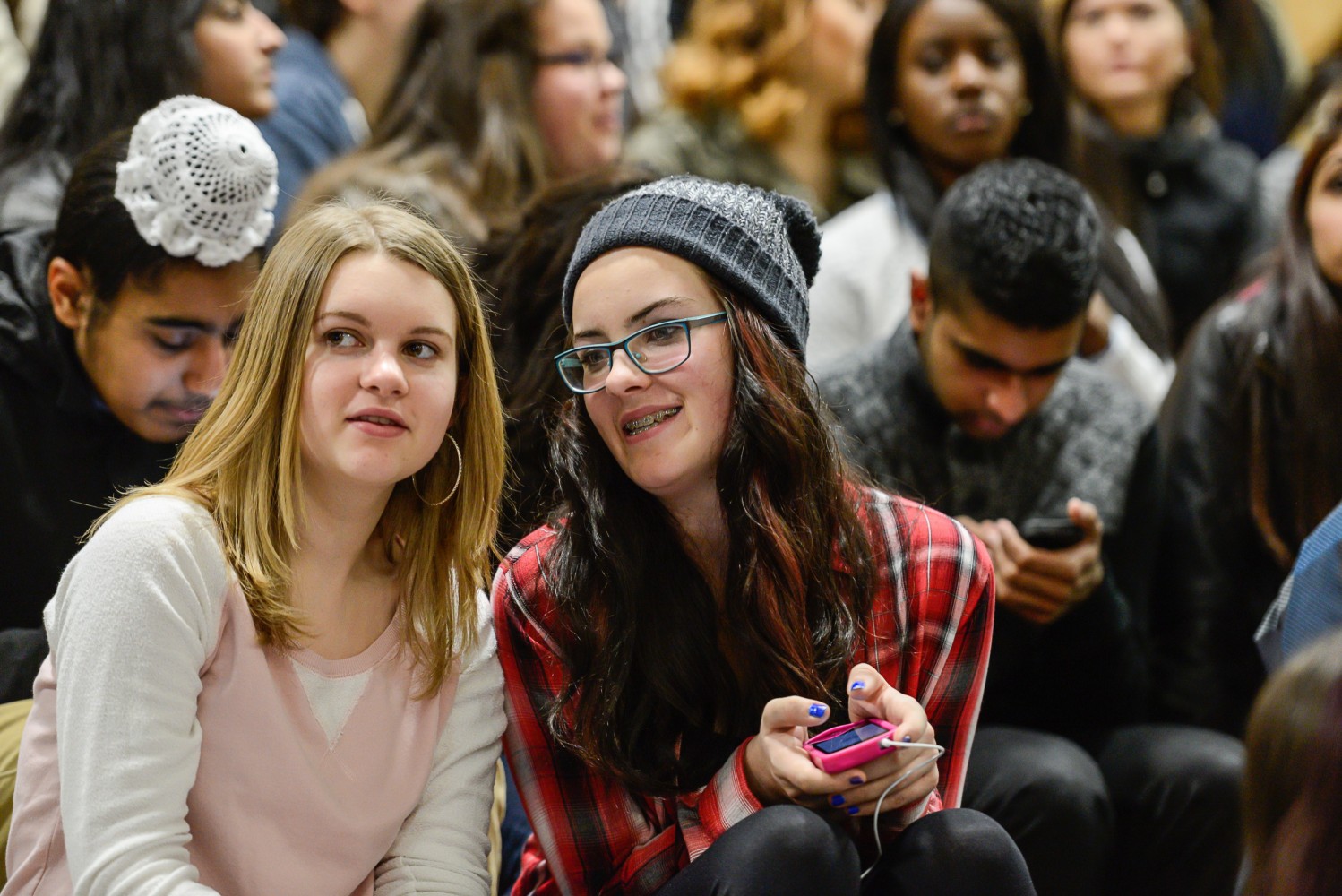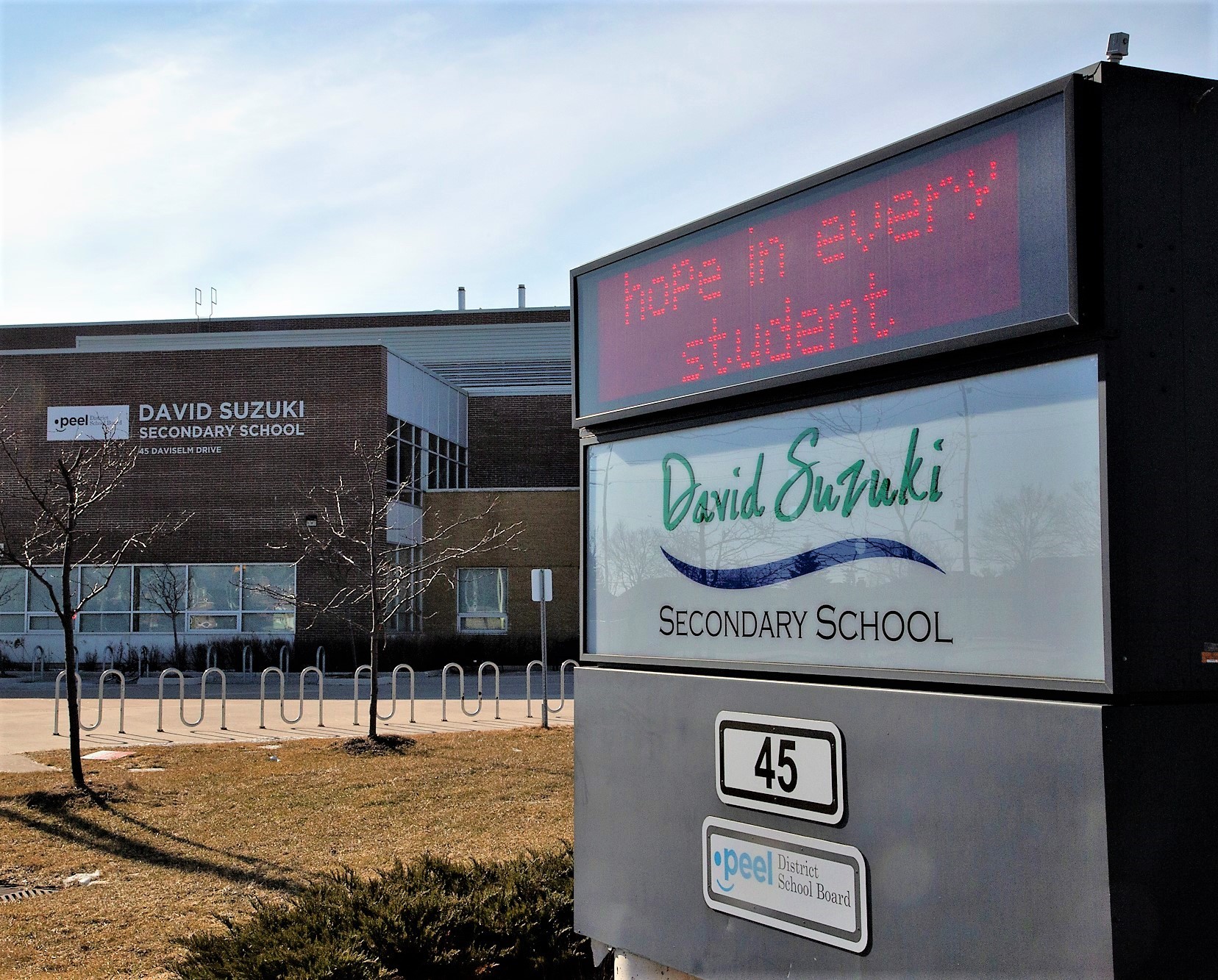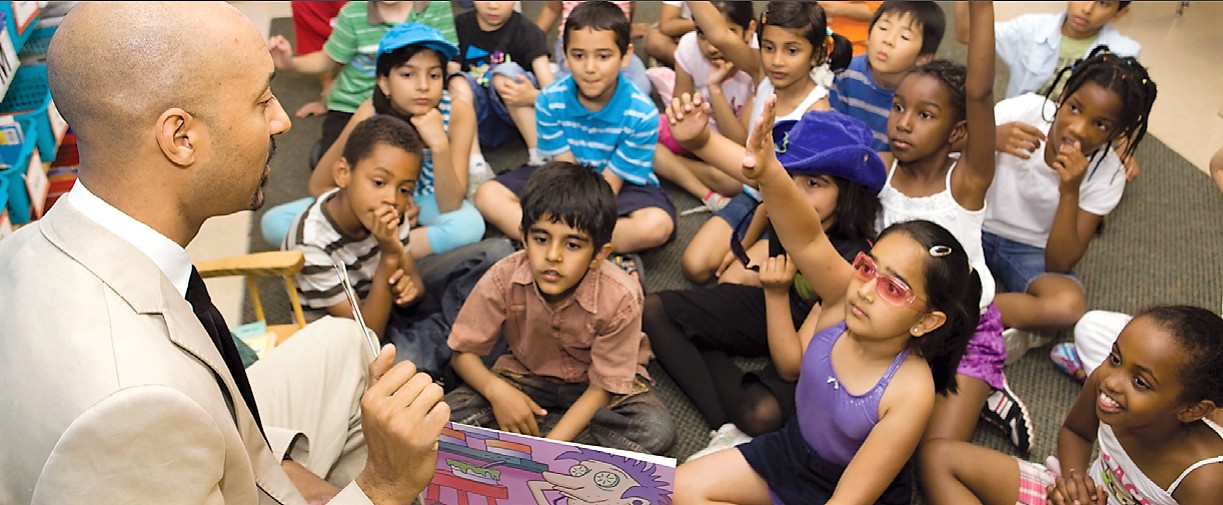
Teachers’ union raises concern over lack of funding for sanitary resources in Peel schools while confusion over reopening continues
Two of Ontario’s largest teachers’ unions are raising a number of concerns in Peel after the province released its plan for school reopenings this fall.
As families and students prepare for a return to classrooms in September, one of the largest teachers’ unions in Peel is raising concerns over the lack of funding.
President of Peel’s local Elementary Teachers’ Federation of Ontario (ETFO) union, Gail Bannister-Clarke told The Pointer that because of a lack of funding for Peel schools, classrooms remain closed because they don’t have the money to have staff clean them. Most classrooms also don’t have soap and paper towels in classrooms for kids to keep up good hand hygiene.

“I feel like I can go to a restaurant and eat safely, more than I can go to school and teach, and that's a problem,” Bannister-Clarke said.
Peel District School Board did not respond to a request for comment, while the Dufferin-Peel Catholic District School Board said it is monitoring its current funding needs.
The lack of transparency at the board level and at the Ministry of Education has been a point of frustration for the unions and many parents across the province. Premier Doug Ford was peppered with questions about his government’s school reopening plan at a press conference earlier this week, but offered no concrete answers.
On July 30, the province made the much anticipated announcement regarding its strategy for reopening schools, which was met with anger from many teachers, parents and the unions themselves, which say they were completely left out of the process and had no idea of what the government was announcing.
“They heard for the first time what their return to work plans are going to look like through a press conference, rather than from their own employer,” said President of the Ontario Secondary School Teachers’ Federal (OSSTF) District 19, Andrew Sobolewski.
He said when the government prepares significant educational platforms it typically contacts stakeholders beforehand so they are prepared to respond to concerns that teachers, staff, even parents, may have. According to Sobolewski this is the first time the provincial government has completely left all key partners in the dark around an initiative of this magnitude.
The government is not mandated to prepare stakeholders and even consult with them, but Sobolewski said doing so demonstrates “goodwill” and a “willingness to work together.”
Before the guideline for a return to classrooms in September dropped, school boards were asked to consider three proposals the government outlined: a hybrid model; a full return to school; and a completely remote option. They were to be presented August 4 to the Ministry of Education and Premier.
“There's been opportunity for the minister to seek information from experts and then use that to create a plan and I don't know what they've been doing all this time because they certainly didn't create a real plan,” Bannister-Clarke said.
The main concern of ETFO surrounds the current intention to reopen elementary schools with pre-pandemic class sizes.
In Peel, the unions say many elementary classes have about 30 students because of the exploding population and lack of funding for schools in the area, despite a cap of 23 students in Grade 1 to 3 and and a mandated average board class size of 24.5 between Grades 4 to 8.
Ford has been using figures that are not seen in high-growth regions like Peel.
“We are the lowest when it comes to Grade 1 and 3 in the country capped at 20,” he said at Wednesday’s press conference.
Bannister-Clarke told The Pointer class sizes may be capped, but many schools are allowed to go over the limits, which often leads to as many as 30 students in a class.
Parents, teachers and the unions have questioned how schools will be able to prevent the possible spread of the novel coronavirus if social distancing and other safety requirements can’t be met under the PC government’s plan for September.
Ford said his government will be providing $309 million in additional funding toward school reopening. It’s uncertain if this money will be divided equally among all boards using per capita allocation or if some will get more funding based on the needs of particular communities.
Spokesperson Bruce Campbell from Dufferin-Peel Catholic District School Board (DPCDSB) said that the board will be following all guidelines “with respect to elementary school class sizes.”
He also said that the board appreciated the funding from the province but will be monitoring if it will be enough throughout the school year.
Peel District School Board (PDSB) did not respond to questions about how it intends to accommodate students while also adhering to safety requirements. On July 30 a spokesperson said, “we have JUST received the plan from the Ministry. We won’t have any of these answers for a while.”
Both unions agree the funding isn’t nearly enough for what’s needed to keep everyone safe. Boards like PDSB, which are already underfunded, continue to be at a disadvantage and now must acquire resources to help keep students and teachers safe, while figuring out how to simultaneously educate in the classroom and virtually for those students who either choose to stay home or are there on alternate days.
“It's not enough, and also it’s investments that were already announced by the Liberal government,” said Bannister-Clarke. “It's not new,” she said of Ford’s $309 million pledge.
The old investments Bannister-Clarke is referring to are cuts made to schools when Ford took office in 2018. According to the NDP the previous Liberal government had set education spending at $3 billion for new school infrastructure, but Ford initially cut it to $2.5 billion and then $2.2 billion.
By giving back $309 million, it is just a fraction of the costs when children need it most, the NDP stated.
According to Ontario's COVID-19 restrictions, social circles still should be capped at 10. In elementary school, children, teachers and other staff will be interacting with more than 20 people in a given day which is not consistent with the province’s own guidelines.

Will children be able to social distance when classrooms reopen in September?
Ford has also admitted that 30 kindergarten children will be in a classroom with a teacher and an early childhood educator (ECE). Critics have said this makes two-metre social distancing impossible. All elementary classrooms will face similar challenges.
The backlash from the PC government's decision has led to a petition which has been signed by 160,000 people. It demands to see elementary schools have smaller class sizes and to increase funding to ensure a safe return to school.
“At the end of the day I’m responsible,” Ford said this week.
“I think it’s a good plan, we can play armchair quarterback all day everyone but I’m relying on science,” he said.
A hybrid model for high schoolers in the larger boards will see them split educational time between school and home, alternating from day to day while their classrooms will see cohorts of about 15 students.
The tentative plan released by PDSB for its return to high school says a quadmester approach will be used, with the two traditional semesters divided to make four terms in total throughout the school year.
With high school students attending school every other day but teachers in classrooms five days a week, while students in elementary grades have the option to learn either in the classroom or at home, there seem to be no answers for how teachers can teach classes throughout the day and also provide remote learning to students at home.
Some jurisdictions around the world have set up cameras inside classrooms so students at home can participate virtually, but many parents and teachers in Ontario are growing increasingly frustrated over the lack of details being laid out by the government.
“How do we know that that's actually possible just from a straight up equipment and bandwidth point of view,” Sobolewski asked.
Some students may be forced to attend school because of their lack of resources at home instead of their preferred method of completing classes virtually, he added.
With schools set to reopen classrooms in a few weeks, he’s concerned with the lack of time to work out so many big problems.
“Why are we waiting till the 11th hour, and then at the 11th hour, just throw up a pittance compared to what is actually required to try to minimize the risk,” Sobolewski said.
Not only has it been frustrating for people like Sobolewski who has been trying to answer questions from parents, but teachers, he said, are feeling more and more stress. He told The Pointer he’s had to send the same email out to numerous members saying “we will share with you the reopening plan in the near future.”
“They take credit for everything but responsibility for nothing,” he said of the government.
With so many questions left unanswered by the Province it begs the question as to who can provide a safe learning environment.
ETFO is inviting parents to its campaign, buidlingbetterschools.ca to provide them with information. The unions are telling parents to contact their MPP to demand better governance ahead of the planned reopening of classrooms in September.
Email: [email protected]
Twitter: taasha__15_
COVID-19 is impacting all Canadians. At a time when vital public information is needed by everyone, The Pointer has taken down our paywall on all stories relating to the pandemic and those of public interest to ensure every resident of Brampton and Mississauga has access to the facts. For those who are able, we encourage you to consider a subscription. This will help us report on important public interest issues the community needs to know about now more than ever. You can register for a 30-day free trial HERE. Thereafter, The Pointer will charge $10 a month and you can cancel any time right on the website. Thank you.
Submit a correction about this story


